Don’t See Inflation in the Restaurant Menu? Look Carefully at the Bill
Times are tough. Inflation is at a 40-year high. Restaurants continue to face budget-busting challenges from the pandemic and labor crisis. But that’s not all. As I write this sentence, food prices have increased by double-digits and may have risen even higher when you read it.
Here’s the Weird Thing
Sure, restaurant menu prices have increased some, but none of that adds up to 18% across the board as restaurants attempt to cover the cost of the food. You may look at the menu for your favorite restaurant and see a few price hikes, but nothing that seems unreasonably out of line.
What’s Up?
Are restauranteurs morphing into benevolent philanthropists? Uh, that would be a negative, although according to OpenTable data, as a group, restaurateurs got into the business because they want to take care of people. They want their hospitality to be accessible no matter the economic climate.
That being said, the answer, my friends, is blowing through the bill—that check the server nonchalantly places next to your water glass at the end of the meal. While nothing that follows has become standardized, it helps paint a picture of what you can expect to see at restaurants near you.
Forget free refills
Enjoy them while you can because it may soon be something for our kids’ I-remember-when collection to tell their kids.
Soft drinks and coffee are not a massive expense for a restaurant, but not free either. Finding enough staff actually to perform beverage refills is making the practice on its way to becoming a relic. Instead, thirsty customers in some establishments need to request and then pay for each refill—a way the restaurant is covering increased costs.
Share the pain
Even though pasta, for example, costs the restaurant about the same as it did months ago, you may see big jumps for pasta dishes.
Example: Beef steak has gone through the roof, so a restauranteur may tack on some of that increase to the steak menu price to keep customers happy with only a tiny increase, offsetting the balance of the real cost by adding it to the price of say, Fettuccini Alfredo.
Charging for everything
We’re hearing about restaurants starting to charge for add-ons and extras such as condiments, coffee creams, ranch dip, and other add-ons. Don’t be surprised to see a slew of $.50 or $1.00 charges for items that have been previously complimentary.
Care to share?
More restaurants are adding a share fee or split charge, which should be disclosed on the menu, but don’t count on it. If you prefer to share a meal, entree, etc., you can ask for an extra plate but get ready to be charged $5 or more for the privilege.
Reminder
When sharing a meal, base your gratuity as if you’d not share but ordered two of that item. After all, the server still served you, possibly even split the meal for you, while you enjoyed other restaurant services.
Reservation deposit
It’s happened a couple of times for me: I make reservations at OpenTable.com, then discover the restaurant requires a credit card with clear instructions that if we don’t show up, there will be a significant fee to cover. It rubs me the wrong way but may indeed indicate what’s coming. I can see how this practice affects a restaurant negatively. Still, I am not a fan of reservation deposits because they come with conditions, i.e., if you cancel within 72 hours, you lose your deposit.
Gratuities no longer optional
This one really gets my goat. And again, with apologies to service persons everywhere, a gratuity is not a given. It is a reward for service rendered beyond what is expected. A gratuity should be optional, a customer’s decision. Get ready to kiss that concept goodbye as more and more restaurants are automatically adding 18% gratuity to the bill, with a nudge to “please add more if you like.”
In the face of this kind of thing, I console myself that the whole activity of eating out is still optional. It’s my choice, and if I choose to dine out, I’d better plan that it comes at a much higher cost than ever before in the history of civilization.
New fees
I first saw this on a restaurant bill in 2020: Covid Recovery Fee: 8%. What? Really? Another was somewhat gentler: Showing Love to Our Staff Fee: 7%. Another place calls it their Back-of-the-House Appreciation Fee: 6%. Or how about this one: Obamacare (ACA): $.20. See how a restaurant can pass inflation to the customer in small bits here and here, hoping to make it unnoticeable?
Get ready
Between April 2021 and April 2022, the total number of restaurants in the United States adding service fees to guest checks increased by 36.4%, according to the Wall Street Journal.
Slash the High Cost of Dining Out
This is easy—cook at home. Instead of seeing restaurant meals as routine, save dining out for special occasions, fully aware that what you see on the menu is only part of what will show up on the bill.
Graphic Courtesy of: OpenTable.com

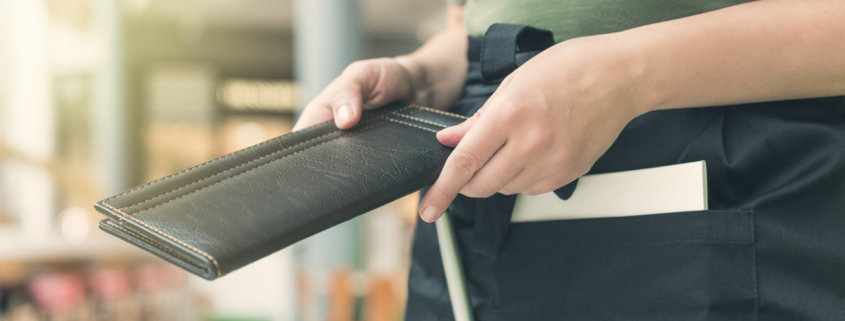
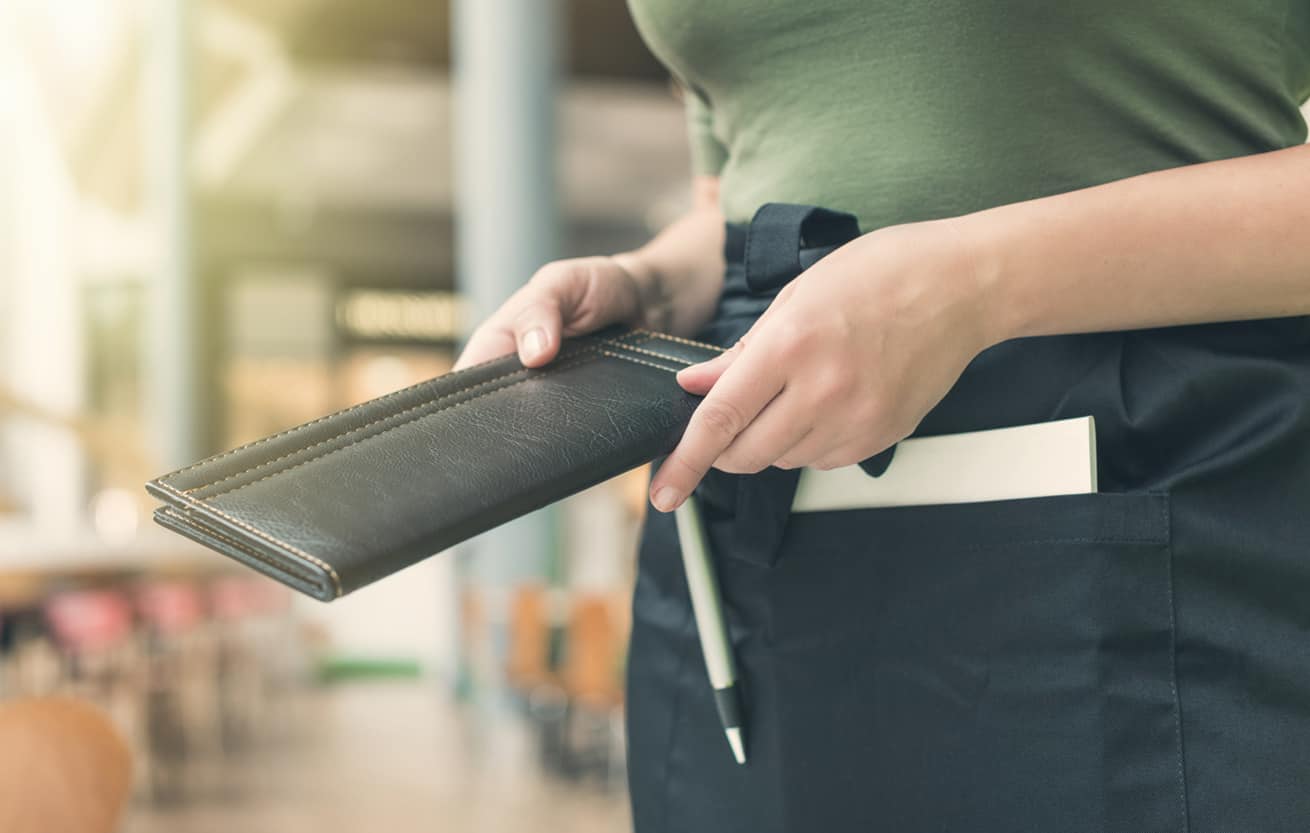
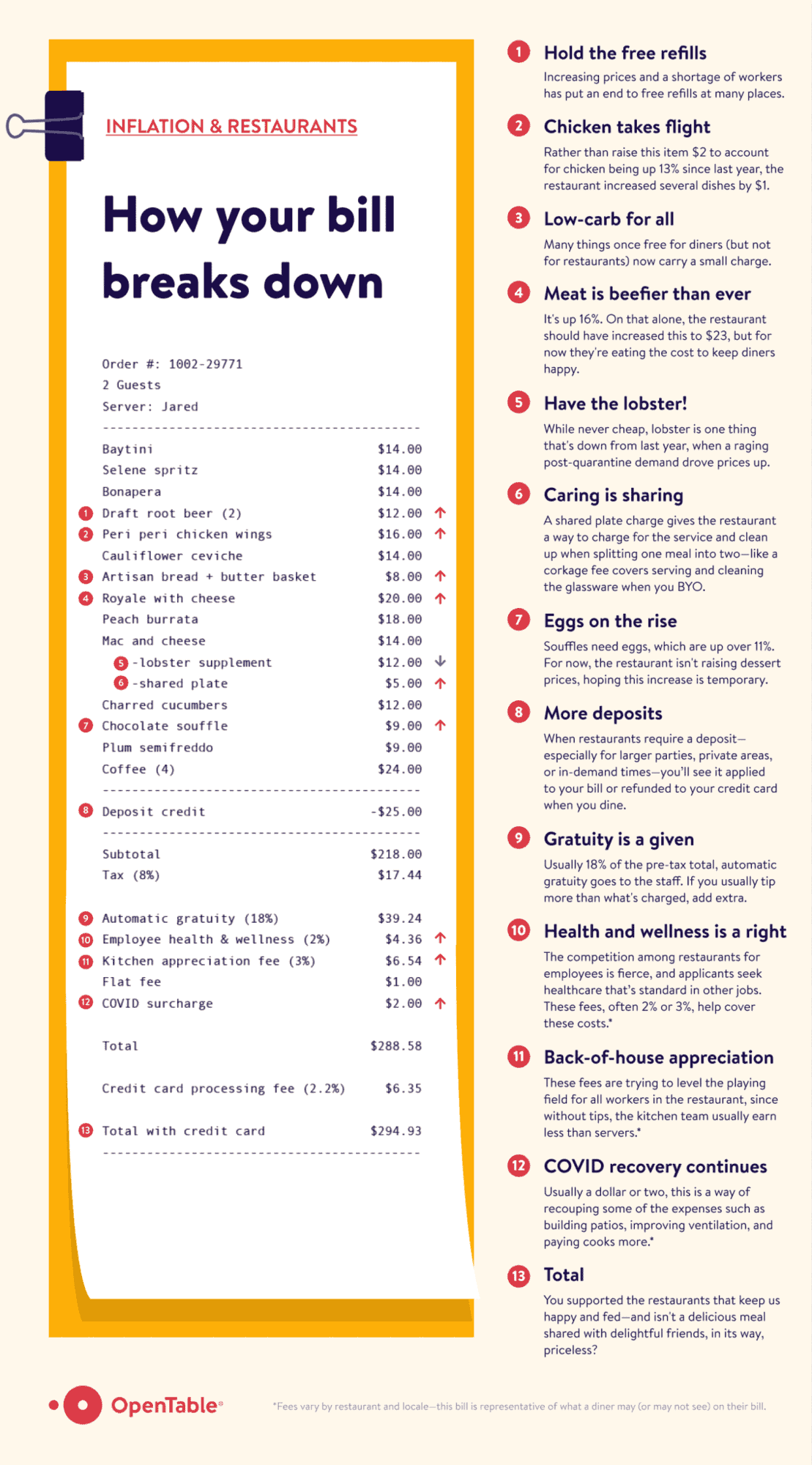


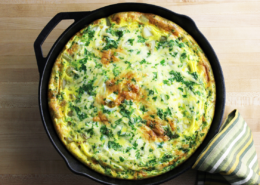





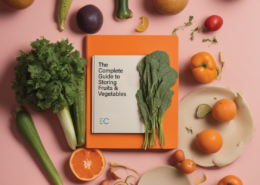



this is soooo sad because not only does it affect the dinner in the beginning BUT it will effect the industry when people STOP going out to dinner!!!!
It’s gotten Ridiculous. We have one rule if we are forced tipped 18%+ we get it removed but never go back. We’ve noticed over the past 3+ years, probably longer, that the quality is declining to where dine in restaurants taste like fast food and fast food….. Ha ha we wouldn’t feed it to farm livestock animals!! Stopped eating fast food more than 5 years ago. When we travel we take along a 12v cooler and bring as much from home that we can fit in it and buy from grocery for the rest. The old “greasy spoon” road cafes are just not up to their standards of years ago so we don’t play intestinal roulette any longer, just drive on by. When we do go out it is generally high end restaurants like Flemings and we save up for it and treat ourselves. I pick up pointeres from my wife and she is the cook and she’ll often say “I hate it when I cook like this because it is so good that I don’t want to go out and eat bad [cheap tasting, microvaced, canned, low quality, tasteless, & etc] food any longer”
Just after Covid reopening of restaurants, we went to El Torito. I was shocked to see a Covid fee with no warning prior to dining. I said something about it and was pretty much dismissed. I will never return to that chain. I have noticed higher prices, and just pay them. But if it got too ridiculous and/or I see the fees in the example above, I’d stop going to that establishment or dining out at other places. So far, it’s not a burden, but I notice we can’t go out to lunch with tip for under $50 anymore and that’s just for a sandwich. We like to go out on Fridays for date night and sometimes Sunday for lunch after church. We usually tip 20% for most of our outings unless service is sub-par.
I very seldom go out to eat. As a very frugal person (most of the time) it makes me cringe when I think of how many groceries I could buy with that final restaurant bill. I love going out for breakfast with a couple friends every few months and breakfast is usually fairly reasonable.
In all fairness to restaurants in regard to charging card fees. they really have to pass the fee that they’re getting charged, to their customers. Bring cash people! I do! They can’t be expected to eat that fee.
The rest of the fees, obamacare, Covid, etc. are nothing more than price gouging.
I respectfully disagree that gratuity should be optional. Servers in the U.S. do not get paid minimum wage and, many times, have to split their tips with other staff. Their paycheck basically covers taxes (Fed, SS, etc.), so they only take home the gratuity. It’s a dumb system, but that’s what we’ve got.
Both our daughter’s have been in food service, and once we learned this fact, we ALWAYS tip 20%. Then, if the service was great or we stay and visit longer than it takes to just enjoy a meal, we tip more than 20%.
When choosing to dine out, plan for the expense. It’s part of the experience, and most servers work hard to earn their money.
It’s great that you are so generous. But your statement is not true. Waiters in the U.S. DO get paid minimum wage IF their tips do not equal or exceed minimum wage. And during these times when restaurants are having a lot of trouble getting wait staff, many have improved and increased the base wage. I think we can dry our tears that waiters, services, kitchen staff are working for poverty wages.